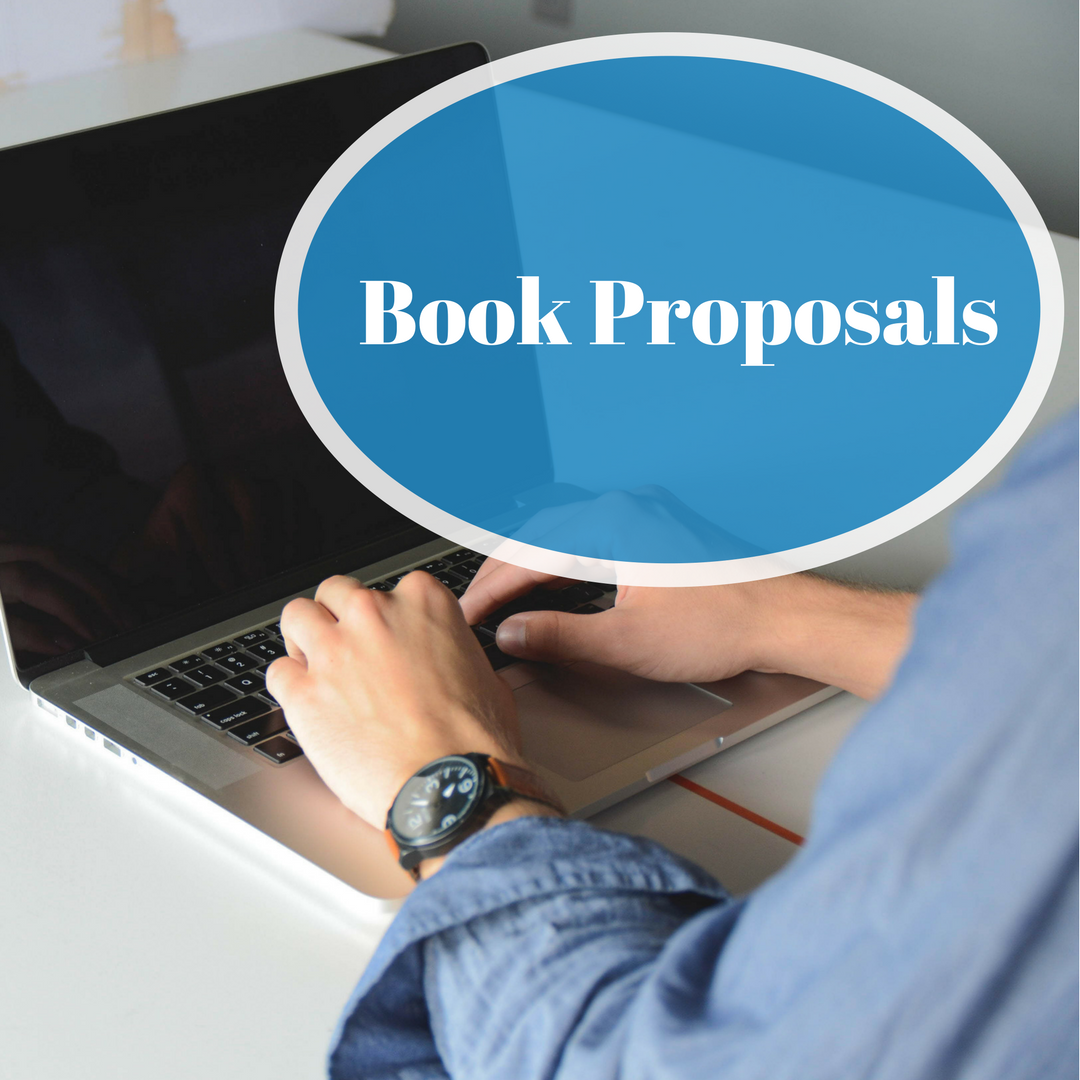“The publisher will never use my title.” Or “It doesn’t matter what I call my book because the publisher will change it.” Writers often make these statements, but they are not true from my decades of publishing experience. Repeatedly, if the author has an excellent title, then these words will make it through the publishing process. The best publishing is a consensus building and team approach if you want the best title for your published book.

As an acquisitions editor, I’ve been in meetings inside publishing houses where a white board is filled with possible titles for a book. Representatives from marketing, editorial and sales are in this room for brainstorming the title of a book. The one person who is not in that room is the one who has the most information about the content of the book—the author. The only way this author is represented in the room is through their book proposal. Yes this business plan document is important and something every author needs to create for their book—even if they self-publish.
Every author needs to put a lot of energy into finding the best “working” title for their book.
I’ve seen many submissions without a title and the author using the words “working title: in that place. If you use “working title” you have abdicated your opportunity and responsibility for your book title to someone else. It is not something that I recommend. Instead, it you do put time, energy and thought into your proposed title, then your title could be the published title for your book.
Here are some basic guidelines:
- The main title should be three to five words long. It has to fit the spine of a book and most books are spine out. Select your title and use short, punchy and active words.
- Test the title with friends and relatives to get their feedback and reaction. You can even brainstorm titles with a group of friends. In your proposal have a main title but also include a section with other possible titles.
- Check the title on Amazon (the largest online book catalog). Do other books use the same words? You can’t copyright a title and often other books use the same words. Possibly the title was used years ago, and that book is out of print. Or your online title research may restart your search to the beginning.
- Create several possible subtitles for your book (particularly nonfiction). The subtitle highlights a benefit for the reader. For example, Book Proposals That Sell (title), 21 Secrets to Speed Your Success (reader benefit).
Pour the right effort into your title and you will be rewarded with your working title becoming the name of the printed book in the bookstores.

W. Terry Whalin, a writer and acquisitions editor lives in Colorado. A former magazine editor and former literary agent, Terry is an acquisitions editor at Morgan James Publishing. He has written more than 60 nonfiction books including Jumpstart Your Publishing Dreams and Billy Graham. Get Terry’s recent book, 10 Publishing Myths for only $10, free shipping and bonuses worth over $200. To help writers catch the attention of editors and agents, Terry wrote his bestselling Book Proposals That $ell, 21 Secrets To Speed Your Success. The revised and updated edition released in October. You can get a free book proposal checklist. Check out his free Ebook, Platform Building Ideas for Every Author. His website is located at: www.terrywhalin.com. Connect with Terry on Twitter, Facebook and LinkedIn.





No Comments